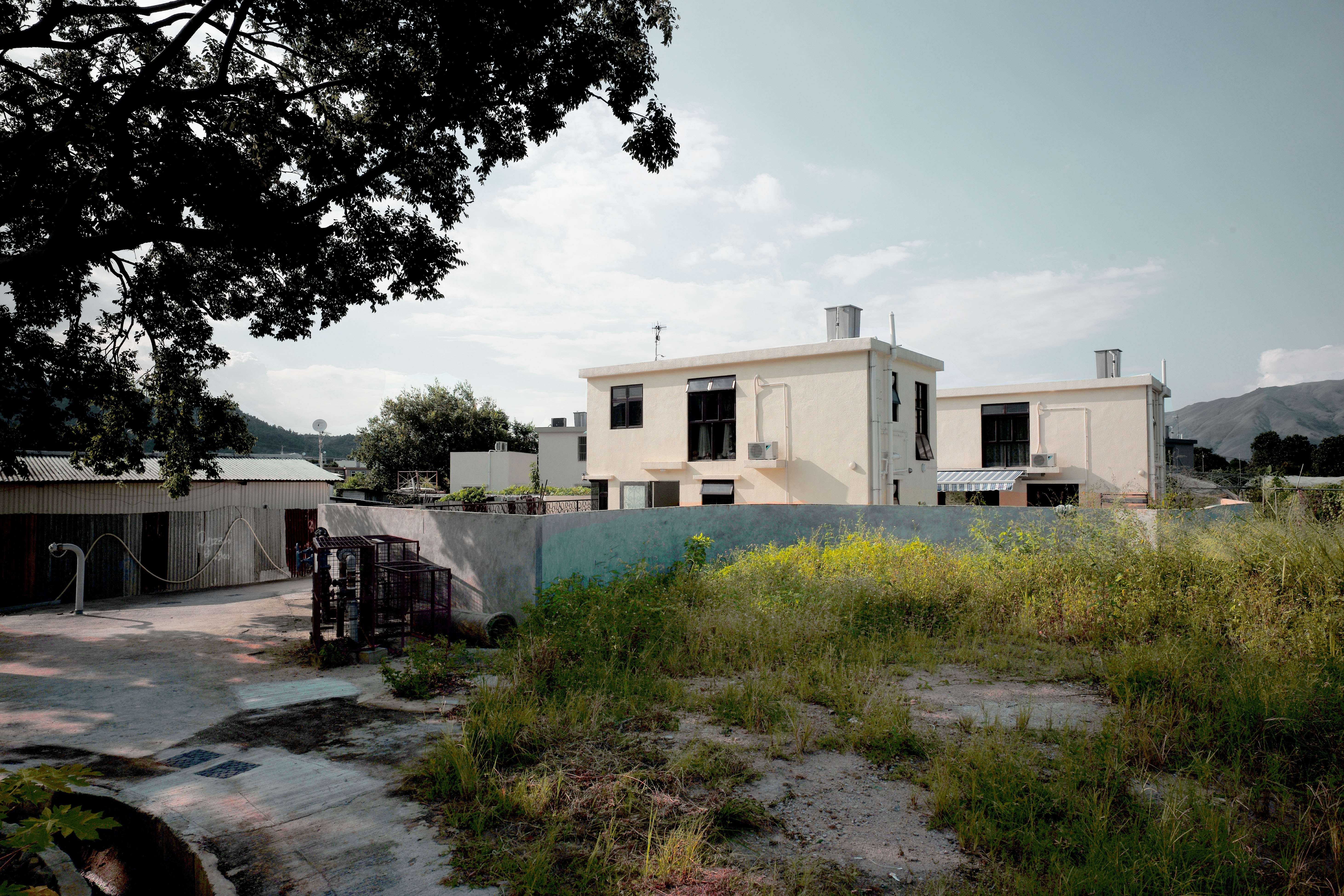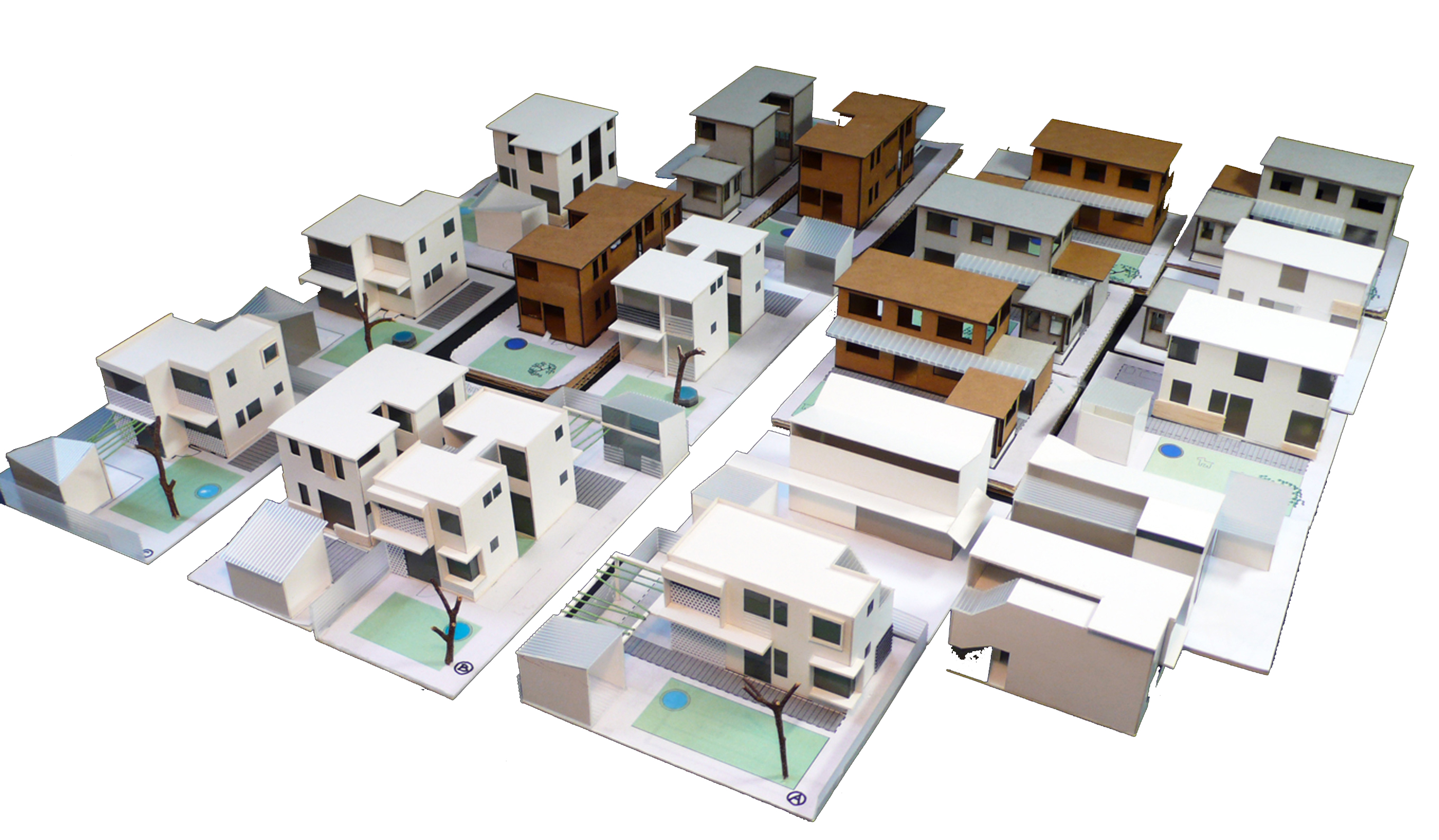再建菜園村
Rebuilding Choi Yuen Village
Rebuilding Choi Yuen Village
香港
Hong Kong
Hong Kong
2015


菜園村是2010年香港高鐵工程動遷居民抗爭後的遷村重建運動,也是後殖民的香港市民投身城市及田園空間自主權反思的裏程碑。村民以自立方式覓地建村化挫折為行動,挑戰程序理性機制一貫的“拆村上樓公屋”動遷模式, 也提供香港市民一個機會重新審視新界的土地政策,以及探索社區建築的新方向。
建村的規劃建立在居民社區參與與生態建村的基礎上,保存了原有地塊內的大樹魚塘和兩組的龍眼樹林,確立了規劃上“車不入村”以及村內40%的土地作為集體公田與公共使用的共識;配置利用一米五寬的南北向步道,安排基礎設施與公共雨水和灰水的收集循環;以不同尺度的廣場節點,公共亭子,墻體座椅,燈具郵箱的序列安排,沿著南北步道形成村內北中南三個地區的公共空間特色,與整體的社區認同。在長達六年的建村過程中,規劃配合了政府臨時安置房安排基礎設施,並保留了未來的公田用地;也利用安置房的廣場教室定期舉辦生態農耕工作營,以及參與香港建築雙年展的生態亭展示,作為團結村民與回饋社會的行動。
建村的規劃建立在居民社區參與與生態建村的基礎上,保存了原有地塊內的大樹魚塘和兩組的龍眼樹林,確立了規劃上“車不入村”以及村內40%的土地作為集體公田與公共使用的共識;配置利用一米五寬的南北向步道,安排基礎設施與公共雨水和灰水的收集循環;以不同尺度的廣場節點,公共亭子,墻體座椅,燈具郵箱的序列安排,沿著南北步道形成村內北中南三個地區的公共空間特色,與整體的社區認同。在長達六年的建村過程中,規劃配合了政府臨時安置房安排基礎設施,並保留了未來的公田用地;也利用安置房的廣場教室定期舉辦生態農耕工作營,以及參與香港建築雙年展的生態亭展示,作為團結村民與回饋社會的行動。
The design of Choi Yuan Village is a community re-habitation project in the New Territory of Hong Kong. Started as a protest against village re-location by the construction of High-Speed Rail Link, the movement marks a turning point for formulating alternative planning strategies for bottom-up development and organic agriculture, as well as green architecture and grass-root participation in rural Hong Kong.
The project completed a set of detailed designs for a low cost eco-village and its buildings, demonstrating sustainable design concepts including conservation of fishpond and orchard, allocation of commune land for organic farming, arrangement for a vehicular-free pedestrian system, as well as development of public spaces and infrastructures with rain water collection and waste water recycling. By formulating a typological based participation mechanism, as well as a set of architecture measures for facilitating natural ventilation and lighting, establishing rainwater collection and green-roof for each houses, the project opens up new opportunities for community architecture against the mainstream mode of housing development in Hong Kong.
The project completed a set of detailed designs for a low cost eco-village and its buildings, demonstrating sustainable design concepts including conservation of fishpond and orchard, allocation of commune land for organic farming, arrangement for a vehicular-free pedestrian system, as well as development of public spaces and infrastructures with rain water collection and waste water recycling. By formulating a typological based participation mechanism, as well as a set of architecture measures for facilitating natural ventilation and lighting, establishing rainwater collection and green-roof for each houses, the project opens up new opportunities for community architecture against the mainstream mode of housing development in Hong Kong.




